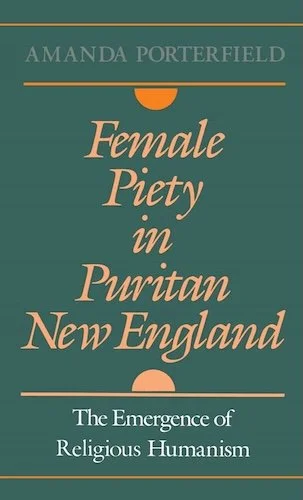Back to the Puritans
Amanda Porterfield
October 21, 2025
Reading Female Piety in Puritan New England (Oxford University Press, 1992) after more than three decades, I am struck, as I was then, by the sensuous and emotionally revealing nature of puritan religious language. I also find myself wondering how New England puritans matter, and whether anything that might be traced to their influence persists today.
Puritan piety was as visceral as it was spiritual, with religious lessons delivered through images meant to stir sensory feeling. That conjunction of spirit and flesh provoked serious anxiety about the wrath of God—flesh could become entangled in sin before the spirit woke to what was happening, or worse, spew out justifications to mask the offense. The incorporation of spirit also offered tantalizing moments of assurance, or at least hope, that living, breathing participants were, or would be, made right and pure. Redemption for puritans was not a show of good works, though those would surely ensue, but of right intention. In the end, there was no better testing ground for redemption, puritans believed, than ordinary life in the flesh, with all of its perils and snares.
In Female Piety, I argued that images of marital union, maternal succor, and erotic anticipation evoked what puritans aspired to emotionally, in life and in death. That imagery was especially salient for the founding generation of puritans who left England for community in the wilderness of the New World. Thomas Hooker promised his followers that God “will lie with a broken heart, and dwell with it, and sleep with it.” Thomas Shepard reminded listeners of how God “nursed you at your Mothers breasts.” And John Cotton celebrated “conjugal communion” among “the hidden treasures and mysteries of grace” (Female Piety 43, 61, 70).
“Female piety” may not be the best term for this imagery and its implications, but I chose it to suggest several things—that women’s bodies were essential for puritan life, that women enjoyed considerable power so long as they embodied faithful humility, and perhaps most interestingly, that in loving God, puritan men found something like female piety in themselves. Men faced the challenge of maintaining humility before God while acting with authority as husbands, magistrates, and ministers. Religious and social expectations for women were more seamless, yet women were not without influence or power as wives, mothers, congregants, and exemplars of piety. Puritan women were meant to embody the spirit in communities constructed around male authority.
Differences between American society today and puritan culture four centuries ago surely outweigh the similarities. Even so, there are glimmers of similarity. The swift turn toward authoritarianism since 2024 has been stunning, catching many by surprise. Something like that happened in New England in 1637. In both cases, female piety contributed to dispute over freedom of speech and to an upsurge of authoritarian rule.
The influence of John Cotton and his disciple Anne Hutchinson reached its peak in 1637. Hutchinson had acquired a following of her own as a midwife and religious teacher. Expounding on Cotton’s distinction between hope of grace as like a proposal of future marriage and the real thing—i.e., being “sealed with the spirit” now—she called out ministers who preached nothing more than hope of grace. Her teaching pushed against puritan constraints on women’s speech and behavior. Nevertheless, she enjoyed considerable support; one of her admirers, young Henry Vane, was elected Governor of Massachusetts, temporarily ousting founding Governor John Winthrop.
The old guard fought back. Winthrop was reelected, Vane went back to England, Hutchinson was arraigned on charges of civil disorder, and Cotton backed away. During her trial, Hutchinson was accused of fomenting civil unrest, disrespecting civil authority, and acting more like a man than a woman. Pressed to explain by what authority she knew some ministers were “wrong,” Hutchinson stood firm. How did Abraham know to “offer his son,” she asked, “being a breach of the sixth commandment?” When the judge rejoined, “By an immediate voice,” Hutchinson declared, “So to me … by the voice of his own spirit to my soul” (Female Piety, 99). That bold claim convinced the judges Hutchinson was a threat to civil order. Following a church trial for blasphemy, she was banished.
Revisiting this history now, events leading up to Hutchinson’s trial draw my attention. A few days before the trial opened, puritans surrounded a fortified encampment of Pequod Indians in Mystic, Connecticut, set fire to the fort, and shot anyone trying to escape. Connecticut’s leading minister, Thomas Hooker, preached to the aggressors before the attack and justified it afterwards. As his diatribe on “The Wrath of God,” published soon after explained, everyone who violated God’s law, heathen included, deserved punishment.
Hooker’s investment in female piety was central to his understanding of why God was angry. Hooker’s reputation rested on his famous sermon—The Poor, Doubting Christian, published before leaving England about an unhappy woman he taught to accept preparation for grace as the most she should expect from life. Once in New England, Hooker and Cotton fell out, with Cotton and his disciple Mistress Hutchinson treating Hooker’s doctrine of preparation as paltry and unworthy of God. Losing the battle for hearts and minds around Boston, Hooker moved to Connecticut, where he contemplated the wrath of God looming over New England.
With hostility toward the Pequod mounting in the midst of division within puritan culture, the outpouring of vengeance at Mystic offered a vent for anger and frustration. In other words, the Pequod massacre may not be a sidebar to the Hutchinson story, as my book treated it, but its most significant consequence. With female piety operating as a symbol of new Israel—God’s chosen people in North America—outrage over Anne Hutchinson’s violation of that arrangement may have fed the firestorm at Mystic. Mediated through social advantages and cultural differences that scapegoated outsiders for disputes among insiders, female piety served as an agent of what would later be called white supremacy.
Revisiting Female Piety in Puritan New England in light of the lurch toward authoritarianism today draws my attention to the backlash against Anne Hutchinson long ago. Pushing the power of female piety over the breaking point, as Hutchinson was condemned for doing long ago, threatens to topple a social order that rewards women for being women and for bowing to male authority. While some may have thought the country had left that culture behind, the resurgence of female piety may help explain what is happening today. What seems like progress to many—civil rights for all, women running as candidates for President of the United States, same-sex marriage, and access to abortion—feels wrong to others.
The persistent trajectory of this throughline has not been unbroken, nor is it entirely straightforward. But the stakes of social division are higher now, the weapons are more powerful, and the world is more interconnected. At this fraught moment in time, it is hard to see the arc of history bending toward justice.

